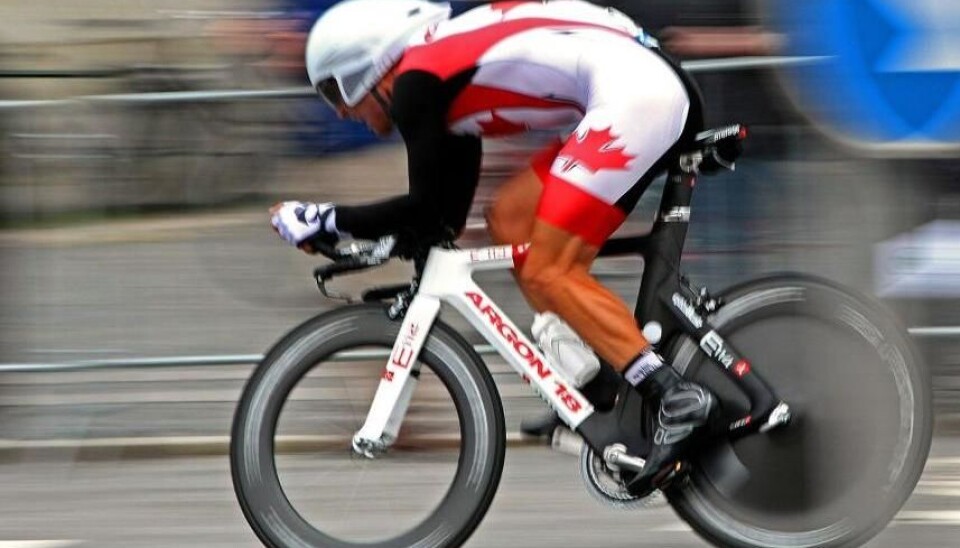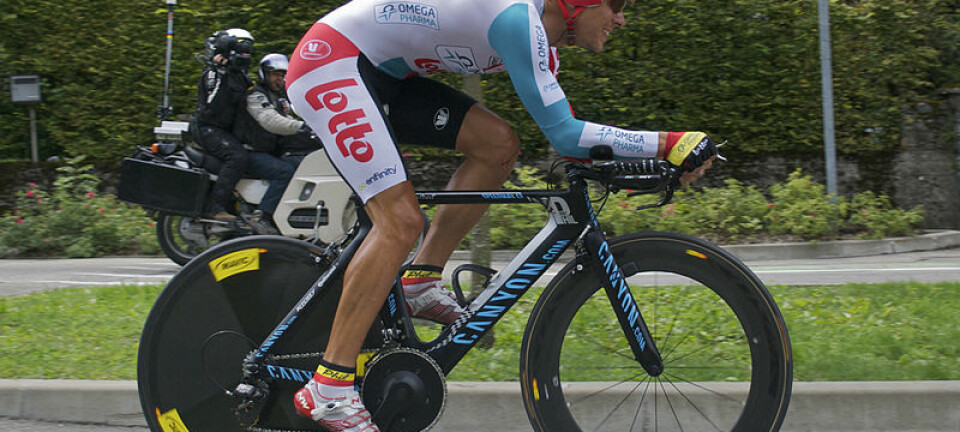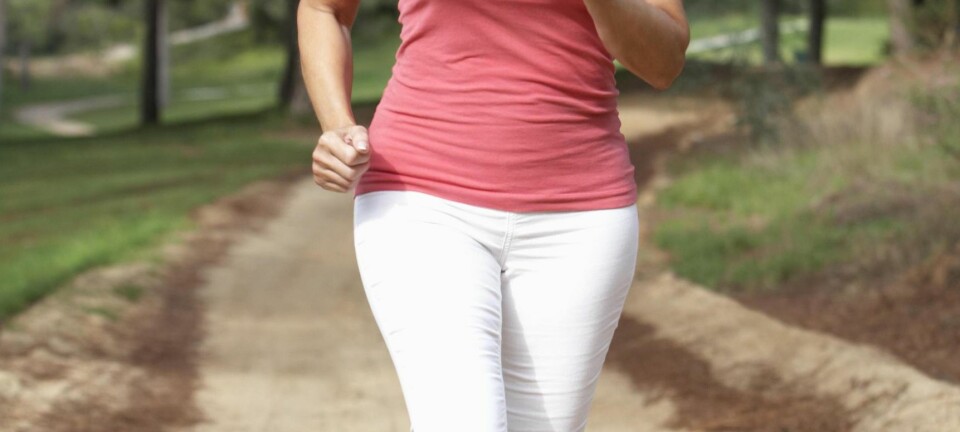
Altitude training is little more than placebo
Sleeping at high altitudes, in the mountains and in so-called altitude houses, does not improve the body’s ability to take up oxygen, a new study concludes.
Professional athletes using so-called ‘altitude houses’ in their training are probably wasting their time and money. The special training doesn’t improve the body’s ability to take up oxygen – contrary to popular belief.
That's the conclusion of a new Danish-Swiss study. It states that cyclists’ combination of daily training in normal-oxygen air and nights in an oxygen-poor environment results in a placebo effect, if anything at all.
“Scientifically speaking, altitude training has no effect. Neither the ability to cycle far or the ability to sprint is improved on average,” says Nicolai Nordsborg, an associate professor at the Department of Exercise and Sport Sciences at the University of Copenhagen.
He conducted the study together with fellow Dane, Professor Carsten Lundby of the University of Zürich.
Their findings are published in the Journal of Applied Physiology.
Previous research overlooked the placebo effect
In countries like Australia, France, Sweden and Finland, sports clubs and teams spend millions on housing swimmers, cross-country skiers and cyclists in altitude houses.
It may then come as a surprise to some that this approach now turns out not to have any effect on the cyclists’ physiques.
Even the researchers themselves find their conclusion surprising. American research has previously indicated that altitude training can actually improve the performance of elite cyclists by 1-2 percent.
However, the American researchers weren’t able to take the placebo effect into account. The new study surprises as it’s the first one ever to show that placebo actually plays a major role in this context.
How the errors were made
The design of the Danish study was different from its Australian and American counterparts.
Unlike the Danish experiment, previous studies were carried out in the following way:
- The researchers picked out two comparable groups of cyclists.
- One group spent 16 hours a day on a mountain at an altitude of 2,500 metres, where they slept. In theory, the thin air will increase the number of red blood cells, and thereby the concentration of oxygen in the blood. This means that the individual athlete achieves an improved ability to take up oxygen. As this ability is not easily lost, it should, theoretically speaking, be an advantage in his training and improve his performance in races. The more oxygen a cyclist is able to take up, the better he can perform when he rides from a mountain top in the morning to sea level in the evening. The cyclists avoid training at the top of the mountain because they easily fall out of breath.
- The other group both slept and trained at sea level.
The previous studies repeatedly showed that the cyclists who lived at a high altitude and trained at sea level performed best in a number of endurance tests.
Thus, the American and Australian researchers reached the conclusion that the 16 hours spent daily in the thin mountain air boosts our ability to take up oxygen.
A new experimental design
The researchers were sceptical. There was a risk that the altitude-trained cyclists performed better solely because they believed that altitude training made them stronger.
The improved results delivered by the altitude-trained cyclists could possibly be explained by the placebo effect.
“Because of this, we designed our experiment differently. We made all the same measurements as the Americans and Australians. But instead of having one group ride up a mountain in the evening, we let them all sleep in the same hotel,” says Nordsborg.
“The unusual part was that the air in half of the rooms contained oxygen levels identical to those found at an altitude of 3,000 metres.”
In that way, the researchers ensured that none of the cyclists knew whether or not they were among those spending 16 hours a day in air with low oxygen levels.
Altitude and attitude
The researchers’ suspicion turned out not to have been unwarranted. Even though a few cyclists did improve their results, the results on average provided no indication that altitude houses make cyclists faster.
Nevertheless, the attitude of the cyclist may be a helpful resource.
“The study shows that the individual cyclist’s motivation has an incredibly large effect on his performance. If he expects to perform better because he has slept in air with low oxygen levels, he will perform better – on average 1-2 percent.”
Specialised altitude training may actually work
Nordsborg continues his research in altitude training, as he believes there is a good chance that certain types of altitude training may still help athletes climb the ladder of success.
“Our current data indicates that there is actually an effect. But we need further studies on the ‘live high – train low’ training in order to understand whether it can have any physiological effect,” he says.
The new studies will be published later this year.
-----------------------------------
Read this article in Danish at videnskab.dk
Translated by: Iben Gøtzsche Thiele
Scientific links
- NB, Nordsborg: Four weeks of normobaric "live high-train low" do not alter muscular or systemic capacity for maintaining pH and K+ homeostasis during intense exercise. J Appl Physiol. 2012 Jun;112(12):2027-36.
- "Live high-train low" using normobaric hypoxia: a double-blinded, placebo-controlled study; J Appl Physiol. 2012 Jan;112(1):106-17
- C, Siebenmann: "Live high-train low" using normobaric hypoxia: a double-blinded, placebo-controlled study. J Appl Physiol. 2012 Jan;112(1):106-17.











